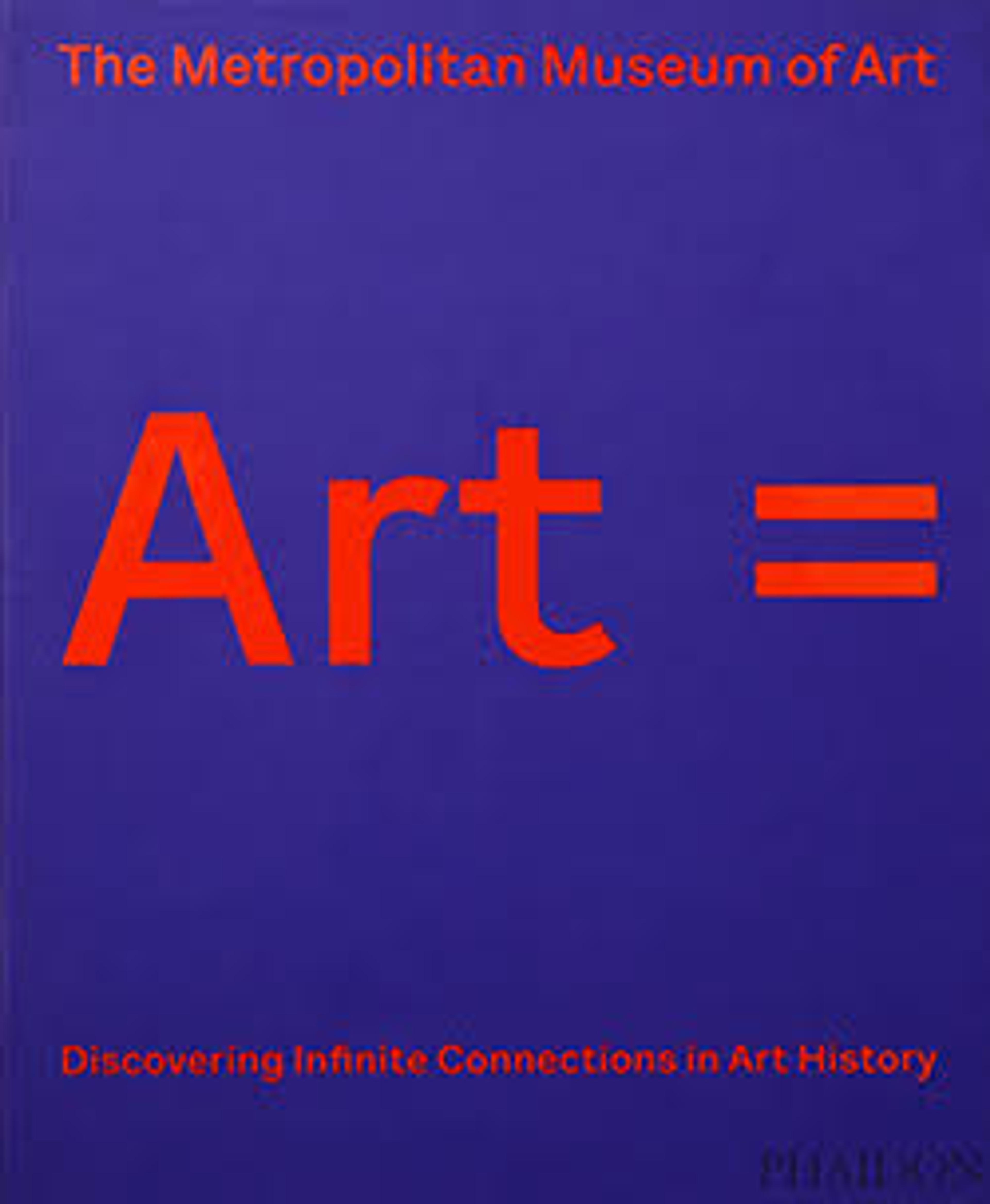English
Portrait of a Carthusian
Christus placed his sitter in the corner of a warmly illuminated room and enhanced the quality of his "real" presence by the fly resting momentarily on the fictive frame. The leading painter of Bruges following Jan van Eyck’s death in 1441, Christus moved beyond the flat neutral backgrounds of his predecessor’s portraits. The illusionistic inscription underscores the verisimilitude of the portrait, declaring: "Petrus Christus made me in the year 1446."
Artwork Details
- Title: Portrait of a Carthusian
- Artist: Petrus Christus (Netherlandish, Baarle-Hertog (Baerle-Duc), active by 1444–died 1475/76 Bruges)
- Date: 1446
- Medium: Oil on wood
- Dimensions: Overall 11 1/2 x 8 1/2 in. (29.2 x 21.6 cm); painted surface 11 1/2 x 7 3/8 in. (29.2 x 18.7 cm)
- Classification: Paintings
- Credit Line: The Jules Bache Collection, 1949
- Object Number: 49.7.19
- Curatorial Department: European Paintings
Audio
5098. Portrait of a Carthusian
0:00
0:00
We're sorry, the transcript for this audio track is not available at this time. Please email info@metmuseum.org to request a transcript for this track.
More Artwork
Research Resources
The Met provides unparalleled resources for research and welcomes an international community of students and scholars. The Met's Open Access API is where creators and researchers can connect to the The Met collection. Open Access data and public domain images are available for unrestricted commercial and noncommercial use without permission or fee.
To request images under copyright and other restrictions, please use this Image Request form.
Feedback
We continue to research and examine historical and cultural context for objects in The Met collection. If you have comments or questions about this object record, please contact us using the form below. The Museum looks forward to receiving your comments.
